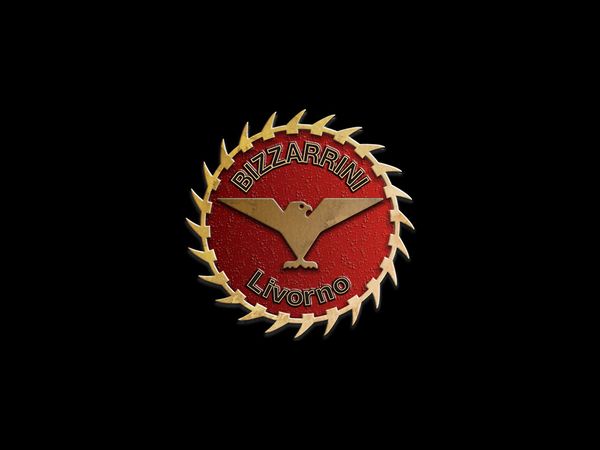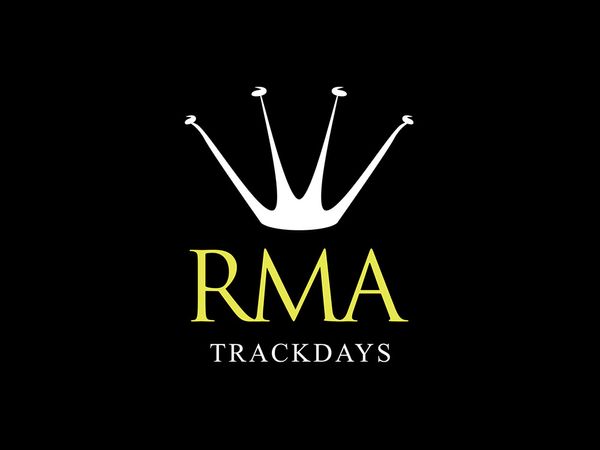THE GOLDEN AGE OF MOTORING SALE - 3 NOVEMBER 2023, 13:00 GMT
1904 Richard-Brasier 16hp Type O Four-Cylinder Side-Entrance Tonneau
Registration no. BS 8337
Chassis no. O-95
Engine no. 1685-O
• Rare survivor from one of France's premier makes
• Matching numbers
• Original coachwork
• Present ownership since 2012
• Extensively refurbished
• Entered in the 2023 London-Brighton Veteran Car Run
The Brasier marque originated in 1901 when engineer Henri Brasier left Mors to join Georges Richard, who together with his brother Max had been building cars since the late 1890s at Ivry-Port, Seine, France. The Richards had offered a Benz-like car at first, to which was added a smaller voiturette model licensed from the Belgian manufacturer, Vivinus. Previously called 'Georges Richard', the cars were renamed 'Richard-Brasier' for 1904 and plain 'Brasier' after 1905 following Georges Richard's departure to found Unic. 1903 also marked the first appearance of Brasier's famous four-leaf clover logo, or 'Trefle a Quatre'.
On his arrival Henri Brasier had instigated a new range of larger cars constructed along Panhard lines, consisting of four chain-driven models with two and four-cylinder engines ranging in power from 10 to 40hp. Pressed steel chassis frames were the norm by 1904, while chain drive survived on only the largest models, shaft drive having been adopted on the others.
Brasier quickly transformed the quality of the production cars, to the extent the "Autocar" of 13th February 1904, proclaimed of the Georges Richard-Brasier: "There are we believe, no cars at present before the automobile public which show a greater advance than the excellently designed vehicles which may at the present moment be seen at Messrs Mann and Overton's 'Victoria' Garage". With a 'best in class', product line under his belt, Brasier's direction soon returned to his main interest: motor racing.
At Mors he had been chief engineer responsible for their hugely successful racing cars so, as a start, he designed a 400kg voiturette for the 1903 Paris-Madrid race. The shaft-driven Richard-Brasier had a 2,271cc four-cylinder T-head engine, and examples finished 2nd, 4th and 16th in the voiturette category, but this was only the beginning.
It was in 1904 that Richard-Brasier gained the first of its two consecutive victories in the Gordon Bennett Cup. First run in 1900 in France, the latter took its name from founder James Gordon Bennett Jr, millionaire owner of the New York Herald newspaper and himself a keen sportsman. Contested by national teams, the races were hosted in the country of the previous year's winner until 1905, after which the Automobile Club de France organised the first motor racing Grand Prix at Le Mans. But prior to the coming of Grands Prix, the Gordon Bennett Cup was the most prized trophy of them all.
The 1903 race had been won by the Belgian driver Camille Jenatzy driving a German Mercedes, so the 1904 event was run in Germany around a circuit in the Taunus Mountains. Victory went to the 9.9-litre 80hp Richard-Brasier of Léon Théry, who retained the Cup the following year at the Circuit d'Auvergne, Clermont-Ferrand driving an 11.2-litre 90hp car.
1904 was unquestionably an outstanding year for the company, not only victorious in the Gordon Bennett trials and the race itself but also on water, winning the Harmsworth Trophy on the Solent and the Prince of Monaco Cup with their 10-metre powerboat, aptly named 'Trefle a Quatre'. They ended the 1904 season having constructed 624 cars and with a unique Grand Slam in motor sport history, winning both of the major automobile races and both of the major powerboat competitions, all using the same Brasier-designed 9.9-litre GB4 engine. In addition, 'Trefle a Quatre' had broken the water speed record. As a reward for his achievements Henri Brasier was made Chevalier de la Legion d'Honneur by the President of the French Republic at the Paris Salon that December.
This was, arguably, the high point of Brasier's fortunes, for the company went into decline after The Great War and was acquired by the bicycle manufacturer Chaigneau in 1926, after which it continued to produce cars under the Chaigneau-Brasier name for a few more years.
The extremely rare Richard-Brasier offered here, a correct matching numbers example, is powered by the 2,271cc, T-head, four-cylinder engine, derived from that of the Paris-Madrid voiturettes, with a maker's rating of 16 horsepower, and carries its original four-seater, side-entrance tonneau coachwork by the Company Française de Materiel de Chemins de Fer. The latter's works was in the Parisian suburb of Ivry-Port where Richard-Brasier had its factory. Other specification highlights include a pressed steel chassis frame; shaft drive to the live rear axle; a four-speed gearbox with direct-drive top; good brakes on the rear wheels and transmission; magneto ignition; and a substantial front radiator with fan. The cars were at the forefront of design and were beautifully made.
Cl;ick here to read more and to view the full auction lot list
Texct & Image: Bonhams



























